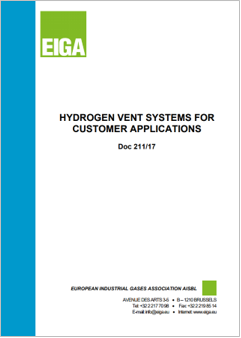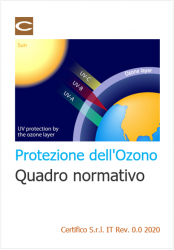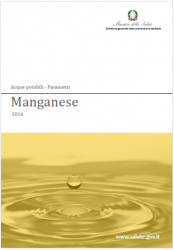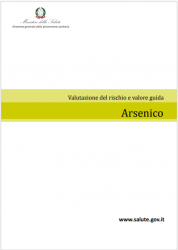Hydrogen Vent Systems for Customer Applications
| ID 4685 | | Visite: 7368 | Documenti Chemicals Enti | Permalink: https://www.certifico.com/id/4685 |
Hydrogen Vent Systems for Customer Applications
EIGA 211/2017
This publication covers the design, installation and maintenance of hydrogen vent systems used for equipment located at a customer site, it is not applicable to vent systems of hydrogen production sites with capacity exceeding 500 Nm3/hr of hydrogen. It applies to Hydrogen Refuelling Stations with standard supplies of hydrogen (liquid, gas bulk, gas cylinders, on-site production of less than 500 Nm3/hr of hydrogen).
The purpose of this publication is to provide recommendations and a methodology for the safe design of venting systems, the design of hydrogen vent stacks aims at preventing the following three main hazards:
- deflagration due to the delayed ignition of the explosive hydrogen/air mixture coming out of the vent stack;
- thermal radiation generated by the jet fire (the flame coming out of the vent stack); and
- deflagration to detonation transition inside the stack due to the acceleration of the combustion of the air/hydrogen mixture that can be present inside the venting system, in the presence of an ignition source. This hazard is relevant if air can enter the venting system.
The publication does not cover the design of the devices controlling the release of hydrogen, flare systems, or inerted vent systems.
The publication is intended for all those involved in the design, specification, installation and maintenance of hydrogen vent systems.
....
Table of Contents
1 Introduction
2 Scope
3 Definitions
3.1 Publications terminology
3.2 Technical definitions
4 Sizing
4.1 Definition
4.2 Maximum flow rate and maximum pressure drop calculation
4.3 Piping diameter and exit velocity
5 Structural design
5.1 Environmental loads
5.2 Design pressure
5.3 Thrust
5.4 Piping and Fittings
5.5 Resistance to overpressure generated by ignition of an internal hydrogen/air mixture
6 Vent Silencers
7 Functional design
7.1 Vent exit design, prevention of water ingress, water purging
7.2 Prevention of blockages from animals or insects / debris protection
7.3 Grounding / electrical continuity
7.4 No flame arrestor
8 Criteria
8.1 Areas
8.2 Categories of release events
8.3 Heat radiation criteria
9 Location of outlet
9.1 Safe location
9.2 Separation distances - Conditions to be satisfied
10 Hazardous area classification and safety distance definition
11 Venting of cold hydrogen
11.1 Hydrogen vent sources
11.2 Material
11.3 Thermal contraction
11.4 Prevention of blockage by freezing water
11.5 Vaporization prior to release
11.6 Condensation of air
11.7 Protection of personnel
11.8 Specific criteria for location
12 Pressure and leak testing
13 Inspection and maintenance
13.1 Visual inspection
13.2 Physical inspection
13.3 Field repairs
13.4 Ignition at outlet
14 References
15 Additional References
Appendix 1: Hydrogen vent modelling – Horizontal distance
Fonte: EIGA 2017














































